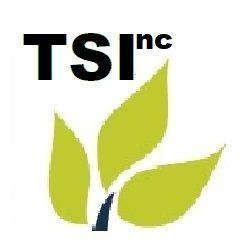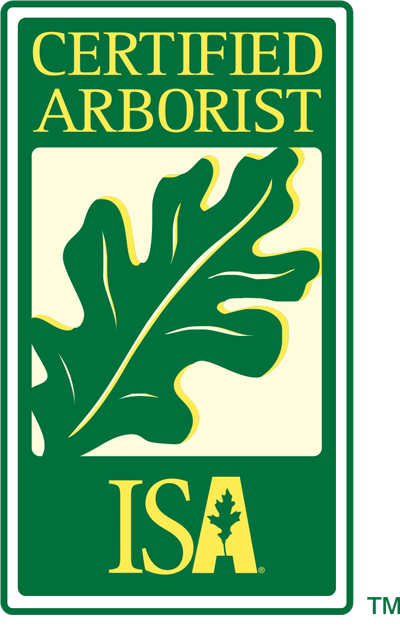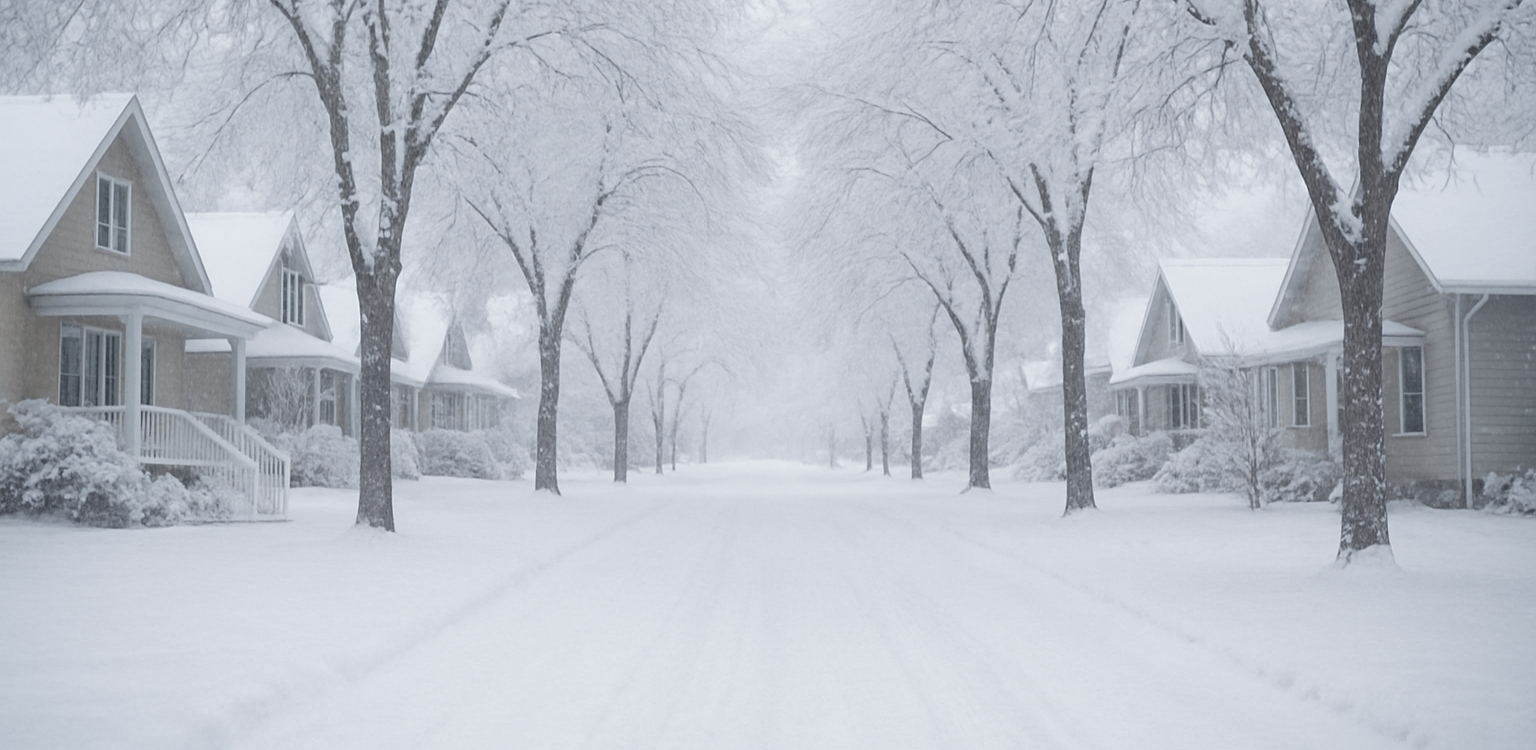
🌳 What Winnipeg Homeowners Should Do Winnipeg winters bring heavy snowfalls that can quietly wreak havoc on your trees. Snow load — the weight of accumulated snow and ice — can bend, crack, or even break limbs, especially on older or structurally weak trees. What Is Snow Load? Snow load refers to the pressure exerted by snow and ice buildup on tree branches. Wet, heavy snow is especially dangerous, and when combined with freezing rain or wind, it can lead to serious damage. Signs of Snow Load Stress: 🌨️ Limbs bending unnaturally or sagging 🪵 Cracked or split branches 🌲 Sudden limb drop after thaw 🧊 Ice accumulation on branch unions What You Can Do: ✅ Gently remove light snow with a broom Always sweep upward — never shake or knock branches. 🚫 Avoid removing ice manually Let it melt naturally to prevent breakage. 🧤 Inspect trees after storms Look for cracks, splits, or hanging limbs. 📞 Get a winter risk assessment from an arborist. They’ll identify weak points and recommend pruning or cabling if needed. Conclusion: Snow load damage can be subtle — until it’s not. A proactive inspection can prevent costly breakage and keep your trees safe through the season. Contact TreeSolve today to schedule your winter tree check.
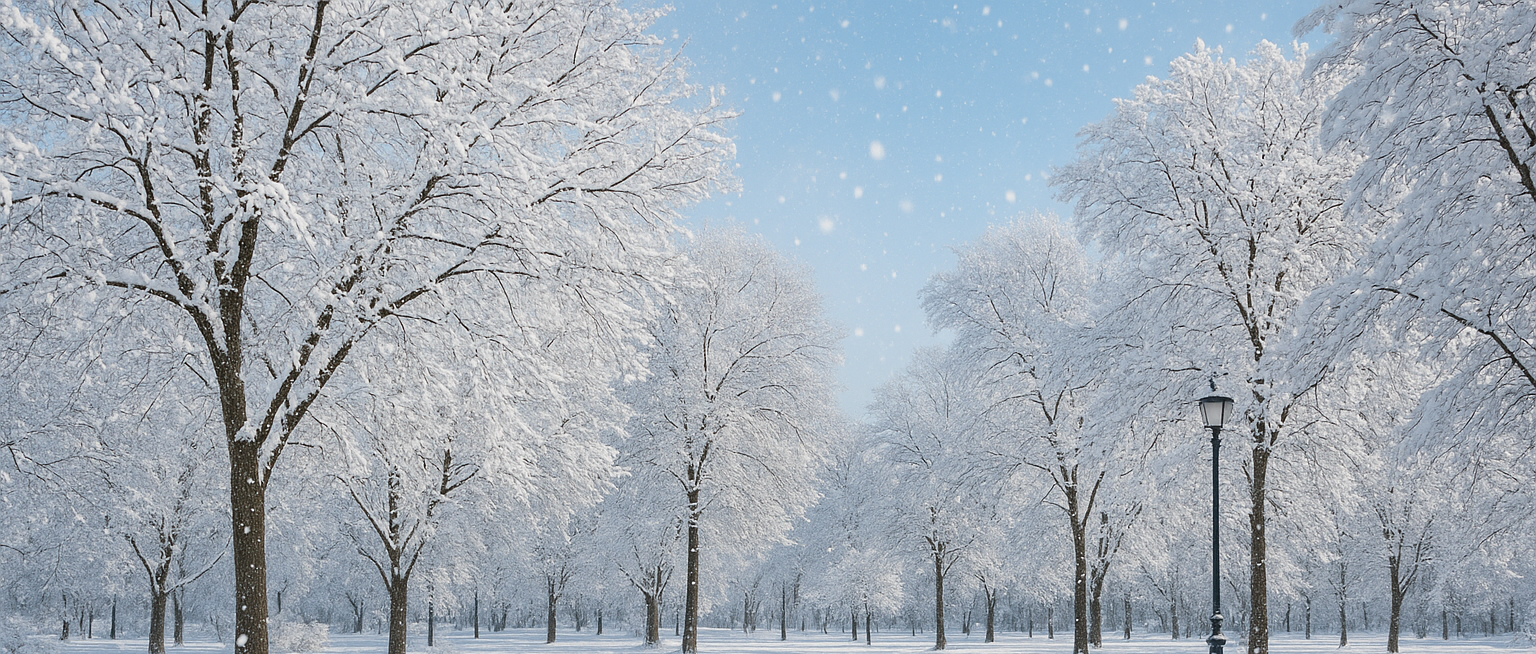
🌳 Why Winter Is a Smart Time for Winnipeg Homeowners Winter may seem like a quiet time for tree care, but it’s actually the best season to assess tree health and safety. With leaves gone and branches exposed, arborists can spot structural issues that are hidden during warmer months. Why Winter Works Best: 🪵 Better visibility of branch structure Without foliage, cracks, decay, and weak limbs are easier to detect. ❄️ Reduced risk of disease transmission Dormant trees are less vulnerable to infections during pruning or inspection. 🧤 Safer working conditions for arborists Frozen ground and bare trees allow for easier access and safer climbing. 💸 Off-season availability and pricing Winter assessments often come with more flexible scheduling and potential cost savings. What We Look For: Cracks, cavities, and decay in trunks or limbs Signs of pest damage or fungal growth Weak branch unions and poor structure Risk to nearby structures or walkways Conclusion: A winter tree risk assessment is a proactive step toward protecting your property and ensuring healthy growth in spring. TreeSolve’s certified arborists are ready to help — book your inspection before the snow gets deeper.
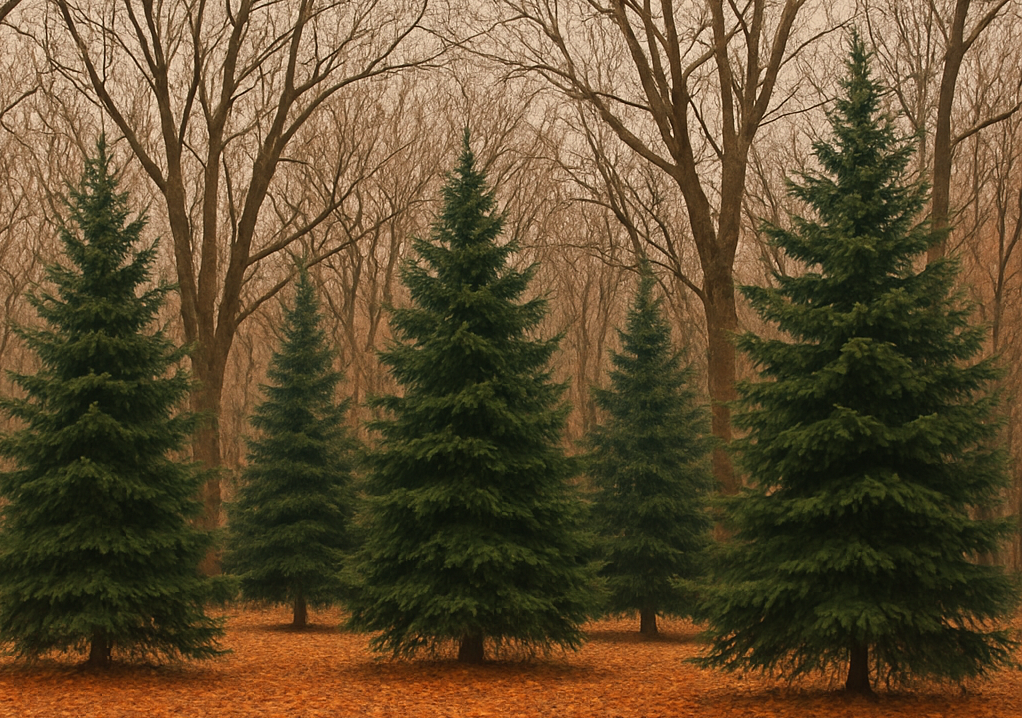
🌳 A Guide for Winnipeg Homeowners Decorating your trees with holiday lights brings festive cheer to your yard — but it can also pose risks if done improperly. From broken branches to fire hazards, it’s important to light up safely. Key Safety Tips: 💡 Use LED lights designed for outdoor use They’re cooler, more energy-efficient, and reduce fire risk. 🌲 Avoid wrapping tightly around branches This can restrict growth and cause breakage, especially in freezing temps. 🔌 Inspect cords for damage before installation Frayed wires or cracked plugs can lead to electrical hazards. ❄️ Don’t overload circuits or extension cords Spread out your lighting and use grounded outlets. 🧤 Install lights gently and avoid climbing trees Use ladders safely and never staple lights directly into bark. Conclusion: Holiday lights should enhance your landscape — not damage it. If you're unsure about tree safety or need help prepping your yard, TreeSolve is here to help. Let’s keep your trees healthy and your holidays bright.
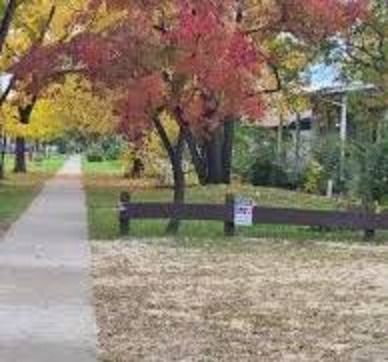
🌳 What Winnipeg Homeowners Need to Know Many homeowners believe that tree care stops when the snow starts falling — but that’s one of the biggest myths in urban forestry. In Winnipeg’s climate, winter is actually a strategic time for certain types of tree maintenance. Main Myths & Truths: ❄️ Myth #1: Trees don’t need care in winter Truth: Dormant trees benefit from pruning, inspections, and structural support during this time. ✂️ Myth #2: Pruning should only happen in spring Truth: Winter pruning reduces disease risk and improves visibility of branch structure. 🐛 Myth #3: Pests aren’t a problem in cold weather Truth: Some pests overwinter in bark or soil — early detection is key. 🧤 Myth #4: Tree services aren’t available in winter Truth: Many arborists offer off-season services, often with better availability and pricing. Conclusion: Winter tree care is not only possible — it’s smart. By tackling key tasks now, you set your trees up for a healthier, safer spring. Contact us today to schedule your winter inspection or pruning service.
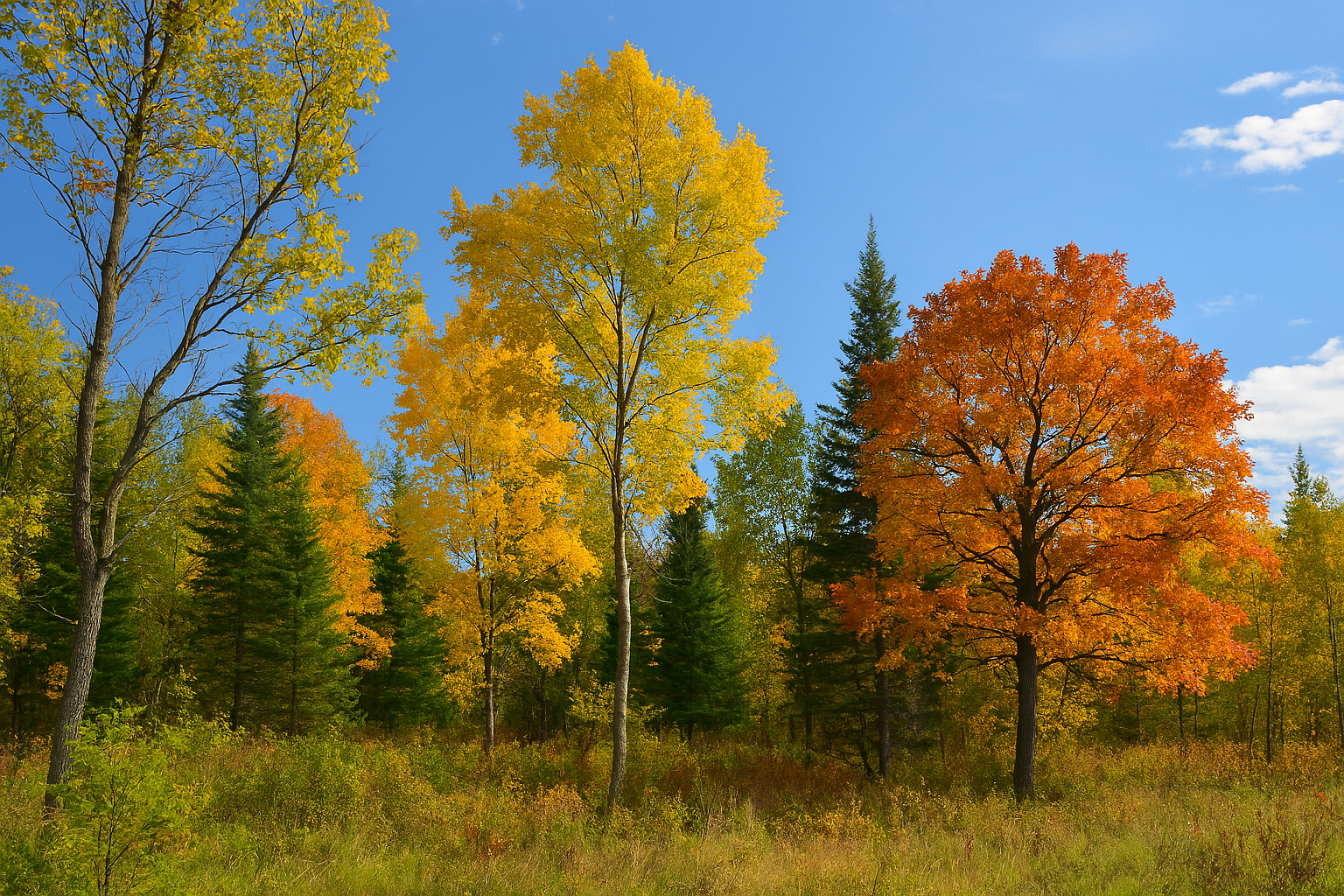
🌳 Why Native Species Are Often the Best Choice When planning a landscape—whether for a residential yard, commercial property, or public space—tree selection is one of the most impactful decisions you’ll make. Trees shape the character of a space, influence biodiversity, and affect long-term maintenance costs. While exotic or ornamental species may offer visual novelty, native trees often provide unmatched benefits that make them the superior choice for sustainable, resilient, and beautiful landscapes. 🌳 What Are Native Trees? Native trees are species that have evolved naturally in a specific region over thousands of years. In Manitoba, for example, native trees include bur oak (Quercus macrocarpa), Manitoba maple (Acer negundo), trembling aspen (Populus tremuloides), and white spruce (Picea glauca). These trees are adapted to local climate, soil conditions, and ecological relationships, making them uniquely suited to thrive in their natural habitat. 🌿 Ecological Benefits 1. Support for Local Wildlife Native trees form the backbone of local ecosystems. Their leaves, bark, seeds, and flowers provide food and shelter for birds, mammals, insects, and fungi. For example, oaks support hundreds of species of caterpillars, which in turn feed songbirds during nesting season. Non-native trees often lack these relationships, offering little ecological value. 2. Pollinator-Friendly Many native trees bloom in sync with local pollinators. Species like basswood (Tilia americana) and chokecherry (Prunus virginiana) attract bees, butterflies, and other beneficial insects. This helps maintain pollination cycles that support gardens, crops, and wild plants alike. 3. Resilience to Local Pests and Diseases Because native trees have co-evolved with local pests and pathogens, they tend to be more resistant to them. This reduces the need for chemical treatments and lowers the risk of widespread tree loss. In contrast, exotic species may be vulnerable to local threats or introduce new ones, as seen with Dutch elm disease or emerald ash borer. 💧 Environmental Advantages 4. Water Efficiency Native trees are adapted to local precipitation patterns and soil types. Once established, they typically require less irrigation than non-native species. In regions like Winnipeg, where summer droughts and clay-heavy soils are common, drought-tolerant natives like bur oak or green ash can thrive with minimal watering. 5. Improved Soil Health Native trees contribute to soil stability and fertility. Their root systems prevent erosion, promote microbial activity, and cycle nutrients naturally. Leaf litter from native species decomposes efficiently, enriching the soil without the need for synthetic fertilizers. 6. Carbon Sequestration and Air Quality All trees absorb carbon dioxide and filter pollutants, but native trees do so with fewer inputs and greater longevity. Their ability to thrive without excessive care means they can grow larger and live longer—maximizing their environmental impact over time. 🛠️ Practical and Economic Benefits 7. Lower Maintenance Costs Because native trees are well-suited to local conditions, they require less pruning, pest control, and fertilization. This translates to lower long-term costs for homeowners, municipalities, and businesses. They’re also less likely to suffer transplant shock or die prematurely, reducing replacement expenses. 8. Storm Resilience Native trees are better equipped to handle local weather extremes. In Manitoba, this means enduring harsh winters, spring floods, and summer windstorms. Species like white spruce and bur oak have deep roots and flexible branches that withstand these conditions better than many ornamental imports. 9. Compliance with Urban Forestry Goals Many cities, including Winnipeg, are prioritizing native species in urban forestry plans to enhance biodiversity, reduce invasive species, and improve climate resilience. Planting native trees aligns your landscape with these goals and may qualify for municipal incentives or grants. 🎨 Aesthetic and Cultural Value 10. Seasonal Beauty Native trees offer stunning seasonal displays—from the golden fall foliage of trembling aspen to the spring blossoms of saskatoon (Amelanchier alnifolia). Their beauty is deeply tied to the rhythms of the region, creating a sense of place and continuity. 11. Cultural and Historical Significance Many native trees hold cultural importance for Indigenous communities and local traditions. Incorporating them into landscapes honors these connections and fosters a deeper appreciation for the land’s heritage. 🌱 Choosing the Right Native Tree When selecting native trees, consider your site’s conditions: sunlight, soil type, drainage, and space. Consult local nurseries or arborists who specialize in native species. Some excellent choices for Winnipeg landscapes include: • Bur Oak – Long-lived, drought-tolerant, and majestic. • Manitoba Maple – Fast-growing and adaptable. • White Spruce – Evergreen beauty with strong wind resistance. • Saskatoon – Edible berries and spring flowers. • Trembling Aspen – Striking fall color and fast growth. 🌎 Planting for the Future Incorporating native trees into your landscape isn’t just a design choice—it’s a commitment to ecological stewardship, climate resilience, and community wellbeing. Whether you're greening a backyard or revitalizing a public park, native species offer a powerful way to build landscapes that are beautiful, functional, and deeply rooted in place.
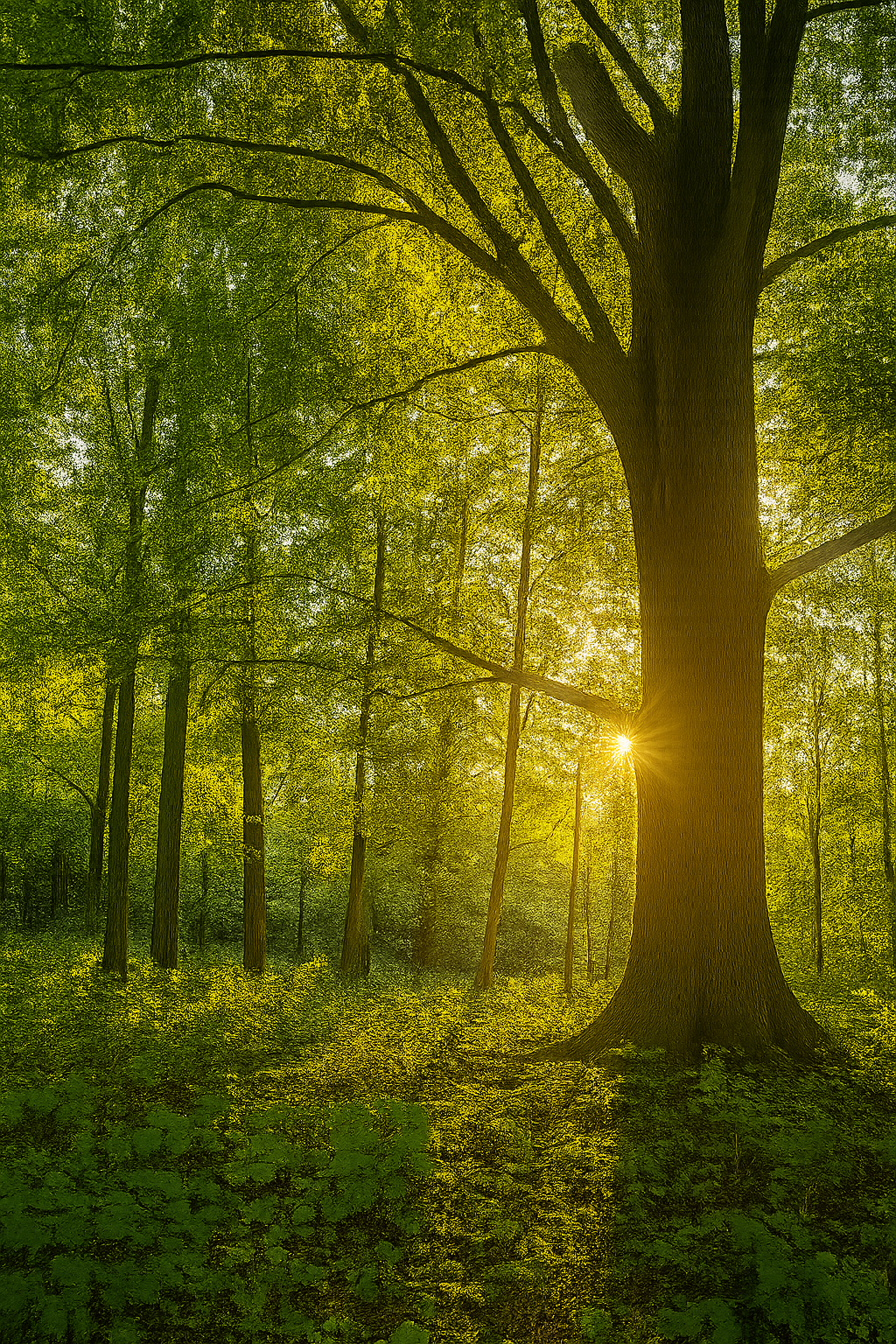
🌳 Sustainable Approaches to Tree Maintenance ~ In an era where environmental consciousness is more than a trend—it's a necessity—eco-friendly tree care practices are gaining traction among homeowners, municipalities, and service providers alike. Trees are vital to urban ecosystems, offering shade, improving air quality, supporting biodiversity, and enhancing property value. But maintaining them responsibly requires more than just pruning and watering—it demands a sustainable mindset. Whether you're a tree care professional, a landscaping enthusiast, or a community advocate, adopting eco-friendly tree care practices can yield long-term benefits for both the environment and your bottom line. Here's how. 🌱 1. Healthier Trees Through Natural Inputs Traditional tree care often relies on synthetic fertilizers and chemical pesticides that can harm soil biology and leach into waterways. Eco-friendly alternatives—like compost, mulch, and organic pest control—nurture trees without disrupting the surrounding ecosystem. Compost and organic mulch improve soil structure, retain moisture, and feed beneficial microbes. Biological pest controls , such as introducing predatory insects or using neem oil, reduce harmful infestations without toxic residues. Mycorrhizal fungi inoculants enhance root health and nutrient uptake, especially in urban soils that lack natural biodiversity. These natural inputs not only support tree vitality but also reduce the need for reactive treatments, saving time and resources in the long run. 🌍 2. Reduced Environmental Impact Eco-friendly tree care minimizes pollution, conserves water, and protects local wildlife. For example: Electric or battery-powered equipment produces less noise and air pollution than gas-powered tools. Water-efficient irrigation systems , like drip lines or moisture sensors, prevent overwatering and runoff. Avoiding unnecessary tree removal preserves canopy cover, which helps regulate urban temperatures and sequester carbon. By reducing your ecological footprint, you're contributing to a healthier urban forest and setting a standard for responsible stewardship. 🐝 3. Support for Biodiversity Trees are more than landscape features—they're habitats. Sustainable tree care practices protect and enhance biodiversity by: Preserving native species that support local pollinators, birds, and insects. Avoiding broad-spectrum pesticides that harm beneficial organisms. Creating wildlife corridors through thoughtful planting and pruning that allow animals to move safely through urban areas. In Winnipeg and other prairie cities, native trees like bur oak, Manitoba maple, and trembling aspen play a crucial role in supporting regional ecosystems. Choosing and caring for these species responsibly helps maintain ecological balance. 💧 4. Improved Soil and Water Management Healthy soil is the foundation of healthy trees. E co-friendly practices focus on building soil resilience rather than masking deficiencies. Mulching with organic materials reduces evaporation, suppresses weeds, and adds nutrients as it breaks down. Avoiding soil compaction during maintenance protects root systems and promotes water infiltration. Rain gardens and permeable surfaces around trees help manage stormwater and reduce erosion. These strategies are especially important in urban areas where soil degradation and water runoff are common challenges. 💡 5. Cost Savings and Long-Term Value While sustainable tree care may require upfront investment in training or equipment, it often leads to lower maintenance costs over time. Healthier trees require fewer emergency interventions , such as disease treatment or structural pruning. Efficient irrigation and mulching reduce water bills and labor. Preserved trees increase property value , especially in neighborhoods where canopy cover is a selling point. For service companies, offering eco-friendly options can also be a market differentiator, attracting environmentally conscious clients and opening doors to municipal contracts or green certifications. 🤝 6. Community Engagement and Education Eco-friendly tree care isn't just about technique—it's about mindset. Promoting sustainable practices can foster community pride and participation. Educational workshops on tree planting, pruning, and composting empower residents to care for their own trees. Volunteer tree planting events build social cohesion and environmental awareness. Transparent communication about eco-friendly methods builds trust with clients and stakeholders. In cities like Winnipeg, where urban forestry is deeply tied to community identity, these efforts can have a lasting impact on public support and policy. 🌳 Conclusion: Planting the Seeds of Sustainability Eco-friendly tree care is more than a checklist—it's a philosophy that integrates environmental stewardship, economic practicality, and community wellbeing. By embracing sustainable approaches to tree maintenance, we not only protect the trees themselves but also the ecosystems, neighborhoods, and futures they support. Whether you're managing a tree care business, consulting on landscaping projects, or simply tending to your backyard maple, every choice matters. From the tools you use to the species you plant, eco-friendly practices offer a path toward healthier trees and a healthier planet. Let’s keep planting, pruning, and protecting—with purpose.
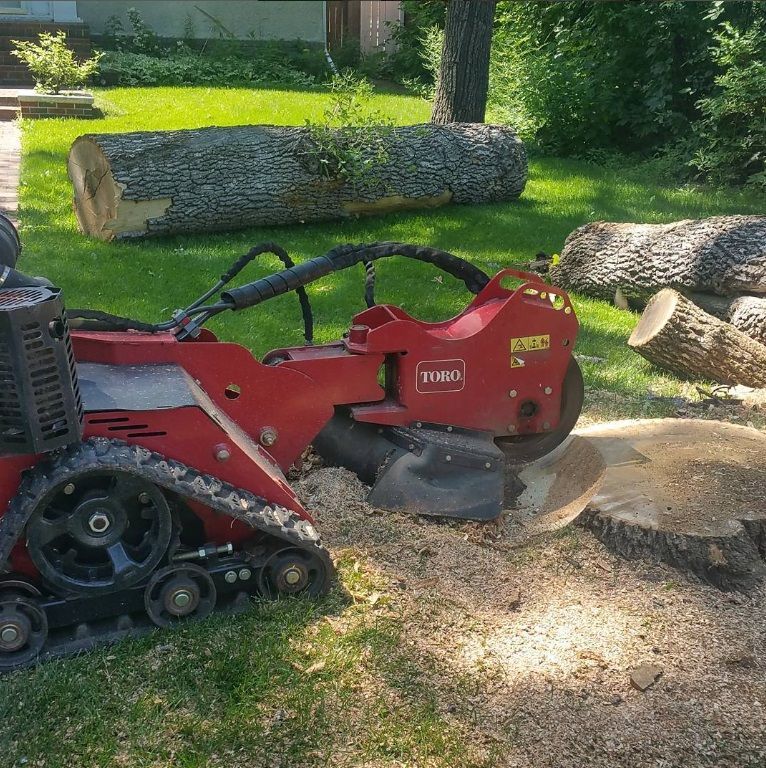
🌳 Why Stump Grinding Is the Best Solution and How It Works ~ Tree removal is often the first step in reclaiming a yard or preparing a site for landscaping, construction, or gardening. But once the tree is gone, the stump remains—a stubborn reminder of what once stood. Tree stumps can be unsightly, hazardous, and even a breeding ground for pests. If you're wondering how to safely and effectively remove a tree stump, stump grinding stands out as the best solution. Here's why—and how it works. 🌳 Why Tree Stumps Need to Go Leaving a tree stump in place might seem harmless, but it can lead to several problems: Safety Hazards : Stumps are tripping hazards, especially in high-traffic areas or yards where children play. Pest Attraction : Decaying wood attracts termites, ants, beetles, and fungi, which can spread to healthy trees or even your home. Regrowth : Some tree species can sprout new growth from the stump, leading to unwanted shoots and a recurring problem. Aesthetic Disruption : A stump can ruin the visual flow of your landscape and limit your options for planting or building. 🛠️ Stump Removal Methods: Why Grinding Wins There are several ways to remove a stump, but not all are created equal: Stump grinding is the clear winner for most homeowners and landscapers. It’s efficient, safe, and leaves your yard ready for whatever comes next. ⚙️ How Stump Grinding Works Stump grinding involves using a specialized machine called a stump grinder. This powerful tool has a rotating cutting disk with sharp teeth that chip away at the wood. Here’s a step-by-step look at the process: Site Preparation : The area around the stump is cleared of debris, rocks, and obstacles. This ensures safe operation and protects the grinder’s blades. Positioning the Grinder : The machine is placed over the stump, and the operator adjusts the height and angle of the cutting wheel. Grinding Begins : The cutting wheel spins rapidly, grinding the stump down layer by layer. The operator moves the grinder side to side, gradually reducing the stump to wood chips. Depth Control : Most stump grinders can grind 6–12 inches below ground level, ensuring the stump is well below the surface and won’t interfere with future landscaping. Cleanup : The resulting wood chips can be used as mulch or removed. The hole can be filled with soil, sod, or new plantings. 🧰 DIY vs. Professional Stump Grinding While stump grinders are available for rent at many home improvement stores, hiring a professional is often the safer and more efficient choice. Here’s why: Expertise : Professionals know how to handle different stump sizes, tree species, and root systems. Safety : Stump grinders are powerful machines that can cause injury if mishandled. Professionals are trained to operate them safely. Time Savings : What might take a novice several hours can be done in under an hour by a pro. Cost Efficiency : Renting a grinder, transporting it, and learning to use it can be more expensive than a quick professional job. 🌱 Aftercare: What to Do Once the Stump Is Gone Once your stump is ground down, you’ll be left with a pile of wood chips and a shallow hole. Here’s how to finish the job: Use the Chips : Spread them as mulch around trees or garden beds. Fill the Hole : Use topsoil to fill the cavity and level the ground. Plant Something New : Whether it’s grass, flowers, or a new tree, the area is now ready for fresh growth. 🏡 Final Thoughts Stump grinding is the safest, cleanest, and most effective way to remove tree stumps. It avoids the mess and danger of burning, the slow decay of chemicals, and the brute force of excavation. Whether you're reclaiming your yard, preparing for a new project, or simply improving your landscape’s appearance, stump grinding offers a professional-grade solution that gets results. If you’re dealing with a stubborn stump, consider calling a local arborist or landscaping service. Your yard—and your ankles—will thank you.
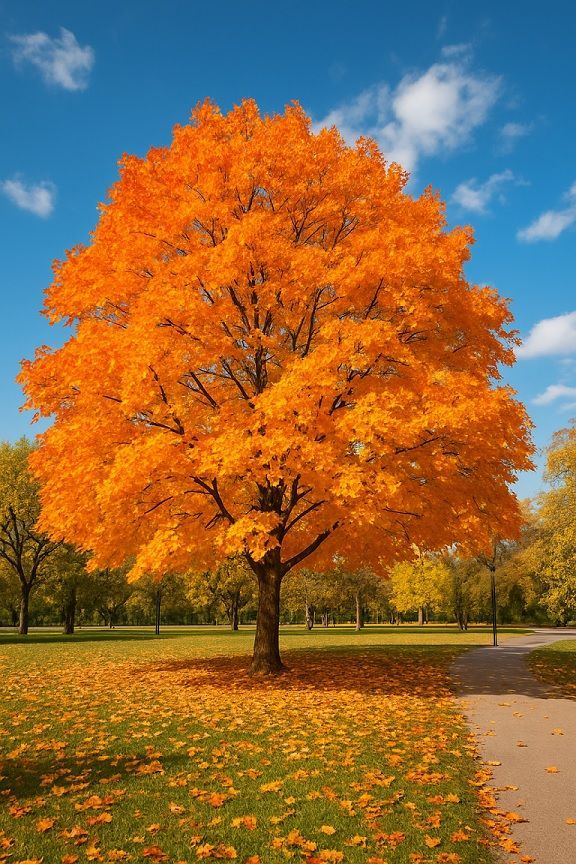
🌳 Adapting With Good Tree Care Practices ~ Winnipeg’s unique climate makes caring for trees both rewarding and challenging. Our city experiences some of the most dramatic seasonal swings in Canada, from frigid winters with heavy snow loads to hot, humid summers and windy storms. Each season presents its own set of conditions that affect tree health, growth, and safety. For property owners, adapting tree care practices throughout the year is essential to protect your investment and ensure the long-term vitality of your trees. ❄️ Winter: Protection and Prevention Winnipeg winters can be harsh on trees. Freezing temperatures, ice buildup, and heavy snow can cause stress and even breakage. While trees are dormant during this period, they are not immune to damage. Pruning for Safety: Winter is one of the best times to prune most tree species. With leaves off, arborists can see branch structure clearly and remove weak or hazardous limbs before snow and ice weigh them down. Protecting Young Trees: Burlap wraps or tree guards protect young trees from frost cracks, sunscald, and wildlife. Snow Management: Be mindful when using salt, which can harm tree roots. 🌱 Spring: Renewal and Recovery After a long winter, trees in Winnipeg come alive in spring. This is the time for renewal, but also when stress from the previous season becomes evident. Inspection: Check for broken branches, frost cracks, or disease. Pruning and Cleanup: Remove storm-damaged limbs to encourage healthy growth. Soil and Mulching: Aerate compacted soil and apply mulch to retain moisture. Fertilization: Spring feeding replenishes nutrients and supports new growth. ☀️ Summer: Growth, Health, and Protection Summer is when trees grow most actively in Winnipeg—but also when pests, drought, and storms can create problems. Watering: Deep, infrequent watering strengthens roots. Pest Monitoring: Watch for cankerworms, aphids, and borers. Storm Preparedness: Proper pruning helps prevent breakage in high winds. Mulch Maintenance: Refresh mulch as needed, but avoid piling it against the trunk. 🍂 Fall: Preparing for Dormancy Fall is about building resilience before the long winter. Final Pruning: Remove deadwood and weak limbs. Leaf Management: Mulch or compost fallen leaves. Hydration Before Freeze: Deep watering helps trees store moisture. Fertilization: Late-fall fertilization supports strong root growth. 🌎 Adapting With Good Tree Care Practices Year-round tree care ensures: Longer tree life Reduced hazards Enhanced property value A healthier urban environment The key is proactive, seasonal care. 👷 Partnering With Professionals Some tasks—like structural pruning, pest management, and storm cleanup—are best left to arborists. Professionals have the skills, tools, and safety training to protect both trees and property. With the right practices, Winnipeg’s extreme seasons don’t have to shorten your trees’ lifespans. Instead, they can thrive year after year.
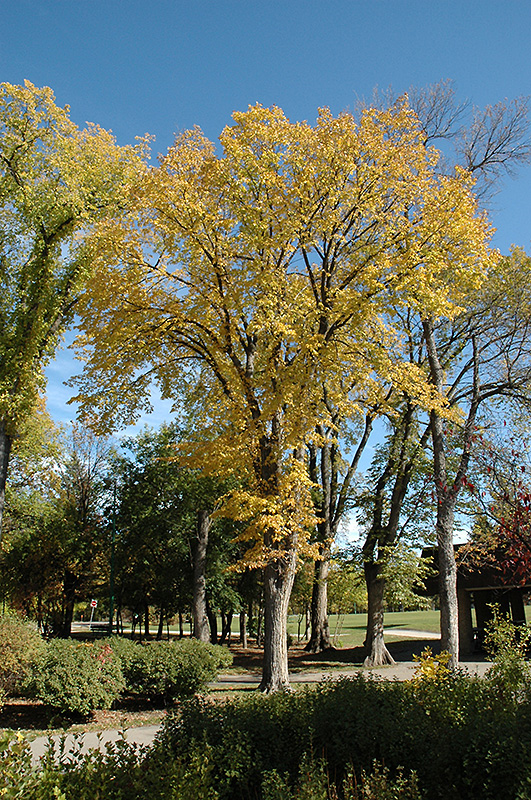
🌳 Insight into the Longevity and Care Needs of Popular Trees in Winnipeg ~ Winnipeg’s urban forest is more than just a backdrop to prairie life—it’s a living legacy of resilience, beauty, and biodiversity. From the towering bur oaks of Assiniboine Park to the hardy spruces lining suburban streets, each tree species tells a story of survival in one of Canada’s most extreme climates. Understanding the lifespan and care needs of these trees isn’t just for arborists—it’s essential knowledge for homeowners, gardeners, and anyone who wants to invest in a greener future. 🌲 Prairie-Proof Evergreens Winnipeg’s evergreens are built to withstand frigid winters, dry summers, and gusty prairie winds. Two standouts in this category are the White Spruce and Eastern White Cedar. • White Spruce (Picea glauca) Lifespan: 200+ years Care: Adaptable to most soils, prefers full sun. Water during droughts and monitor for spruce budworm. These trees offer year-round greenery and are excellent for windbreaks and wildlife shelter. • Eastern White Cedar (Thuja occidentalis) Lifespan: Up to 400 years Care: Thrives in moist, well-drained soil. Prune to maintain shape and prevent snow damage. Their dense foliage makes them ideal for privacy hedges and winter interest. 🍁 Deciduous Stalwarts Deciduous trees bring seasonal drama to Winnipeg’s landscape, from spring blossoms to autumn color. Some of the most iconic include: • Bur Oak (Quercus macrocarpa) Lifespan: 200–300 years Care: Drought-tolerant once established. Needs space to grow and benefits from deep watering during dry spells. Known for its massive acorns and rugged bark, the bur oak is a symbol of strength and longevity. • Manitoba Maple (Acer negundo) Lifespan: 30–60 years Care: Fast-growing but prone to storm damage. Regular pruning helps manage its shape and health. Also known as box elder, this tree is common but often underappreciated. It’s great for quick shade but needs attentive care. • American Elm (Ulmus americana) Lifespan: 100–200 years (if disease-free) Care: Requires monitoring for Dutch elm disease. DED-tolerant cultivars like ‘Brandon’ and ‘Prairie Expedition’ are recommended. Once devastated by disease, elms are making a comeback thanks to resistant varieties. 🌸 Smaller Trees with Big Personality Not every yard can accommodate a towering oak or spruce. Luckily, Winnipeg’s smaller trees offer charm, ecological benefits, and manageable care routines. • Saskatoon (Amelanchier alnifolia) Lifespan: 30–50 years Care: Prefers well-drained soil and full sun. Produces edible berries and attracts pollinators. A favorite for edible landscaping, Saskatoons are both beautiful and functional. • Wild Plum (Prunus americana) Lifespan: 20–40 years Care: Needs good air circulation and pruning to prevent disease. Offers fragrant spring blooms. These trees add seasonal interest and are great for wildlife gardens. • Common Chokecherry (Prunus virginiana) Lifespan: 20–40 years Care: Suckering growth habit requires management. Thrives in full sun and well-drained soil. Its antioxidant-rich berries and role as a larval host make it ecologically valuable. 🌿 Tree Wisdom: Tips for Longevity Winnipeg’s climate poses unique challenges, but with the right care, trees can thrive for generations. Here are some essential tips: • Mulch Smartly: A layer of mulch helps retain moisture and insulate roots—especially crucial during freeze-thaw cycles. • Water Deeply: Young trees need consistent watering; mature trees benefit from occasional deep soaks. • Prune Regularly: Remove deadwood and shape trees to prevent storm damage and disease spread. • Choose Wisely: Opt for native or disease-resistant species to reduce maintenance and increase survival odds. 🌾 Planting for the Prairie Future In Winnipeg, trees are more than decoration—they’re part of the city’s identity. Whether you’re planting a single sapling or stewarding a mature canopy, your choices shape the future of the urban forest. By selecting species suited to Manitoba’s climate and tending them with intention, you’re not just planting a tree—you’re planting a legacy. So next time you walk through your neighborhood or plan your garden, take a moment to appreciate the quiet endurance of Winnipeg’s trees. They’ve weathered storms, shaded generations, and stood as silent witnesses to the city’s evolution. With care and foresight, they’ll continue to do so for centuries to come.
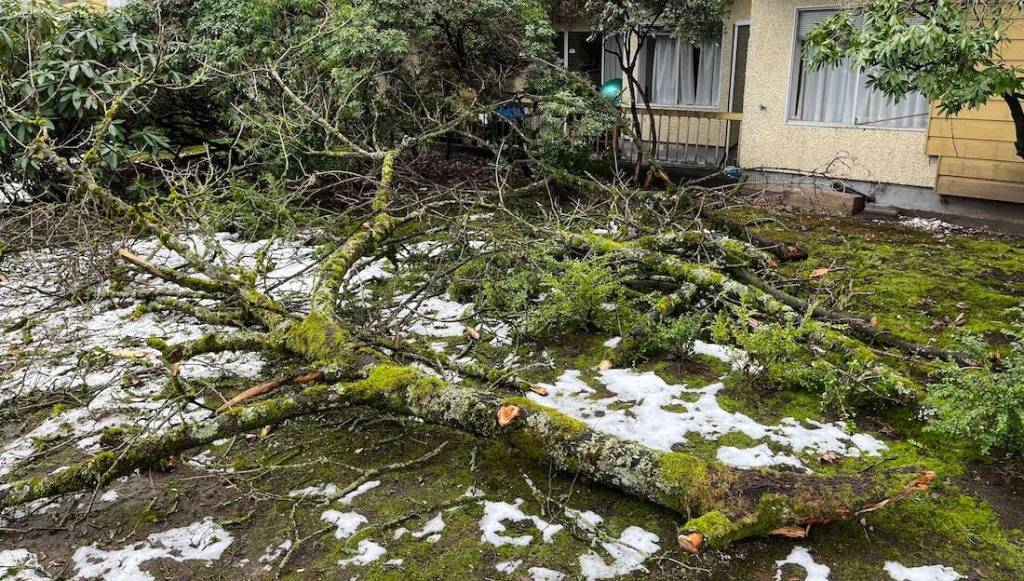
🌳 Safety, Aesthetics, And The Risks Of Neglect. ~ Trees are a gift to our landscapes—offering shade, beauty, and ecological benefits. But with every season, they shed leaves, branches, and sometimes entire limbs. While this natural cycle is expected, the debris left behind can pose serious challenges if not properly managed. Clearing tree debris isn’t just about tidying up; it’s a crucial practice that touches on safety, aesthetics, and long-term property health. ⚠️ Safety First: Preventing Hazards Before They Strike Tree debris, especially fallen branches and limbs, can be more than just an eyesore—they can be dangerous. Neglecting cleanup can lead to: Trip and Fall Accidents : Twigs, branches, and uneven piles of leaves can create tripping hazards on walkways, driveways, and lawns. This is especially risky for children, elderly individuals, and pets. Fire Risks : Dry leaves and branches are highly flammable. In regions prone to wildfires or during dry seasons, accumulated debris can act as fuel, increasing the risk of fire spreading rapidly. Blocked Drainage : Leaves and twigs can clog gutters, storm drains, and downspouts. This leads to water pooling, foundation damage, and even basement flooding during heavy rains. Vehicle Damage : Branches falling onto cars or blocking driveways can cause scratches, dents, or worse. In winter, hidden debris under snow can damage tires or suspension systems. Pest Infestation : Piles of organic debris attract rodents, insects, and other pests. These creatures often find shelter in the mess and may eventually migrate into homes or garages. 🌿 Aesthetic Appeal: Keeping Your Property Pristine First impressions matter—and your yard is often the first thing people notice. Tree debris can quickly turn a well-manicured lawn into a neglected mess. Regular cleanup enhances: Curb Appeal : Whether you're selling your home or simply taking pride in its appearance, a clean yard signals care and attention. It reflects positively on the homeowner and the neighborhood. Landscape Health : Debris can smother grass and plants, blocking sunlight and air circulation. This leads to patchy lawns, mold growth, and unhealthy vegetation. Seasonal Enjoyment : A tidy outdoor space invites relaxation and recreation. Whether it’s summer barbecues or autumn bonfires, a debris-free yard is more inviting and functional. Neighborhood Standards : In many communities, homeowners’ associations or local ordinances require regular yard maintenance. Neglecting debris can lead to fines or complaints. 🚫 The Risks of Neglect: What Happens When You Ignore It Letting tree debris accumulate may seem harmless at first, but the long-term consequences can be costly and disruptive. Structural Damage : Over time, clogged gutters and drains can lead to water damage in roofs, walls, and foundations. Repairing these issues often costs far more than routine cleanup. Tree Health Decline : Debris buildup around tree bases can foster fungal growth and disease. It also attracts insects that may harm the tree itself, leading to decay or death. Legal Liability : If someone is injured due to debris on your property, you could be held legally responsible. This includes slips, falls, or vehicle damage caused by fallen limbs. Environmental Impact : Unmanaged debris can wash into waterways, contributing to pollution and harming aquatic ecosystems. Responsible disposal helps protect local environments. Emergency Costs : Storms can turn neglected branches into projectiles. Emergency tree removal or damage repair during a crisis is far more expensive than preventive care. 🛠️ Best Practices for Managing Tree Debris To stay ahead of the mess, consider these proactive steps: Regular Raking and Sweeping : Especially during fall and after storms, make it a habit to clear leaves and branches promptly. Gutter Maintenance : Clean gutters seasonally to prevent blockages and water damage. Tree Pruning : Hire professionals to trim dead or overhanging branches. This reduces the amount of debris and prevents dangerous falls. Composting : Turn leaves and small twigs into nutrient-rich compost for your garden. It’s eco-friendly and reduces waste. Mulching : Shred branches into mulch to use around flower beds and trees. It improves soil health and keeps your yard looking polished. Professional Cleanup Services : For large properties or after major storms, consider hiring experts to handle debris removal efficiently and safely. 🌟 Conclusion: A Small Effort with Big Rewards Clearing tree debris might seem like a mundane chore, but its impact is far-reaching. From preventing accidents and preserving property value to enhancing the beauty of your surroundings, it’s a task that pays dividends. Neglect, on the other hand, invites risk, expense, and frustration. So next time the wind scatters leaves across your lawn or a storm drops branches in your driveway, remember: a little cleanup goes a long way. Your trees may be messy, but your yard doesn’t have to be.
